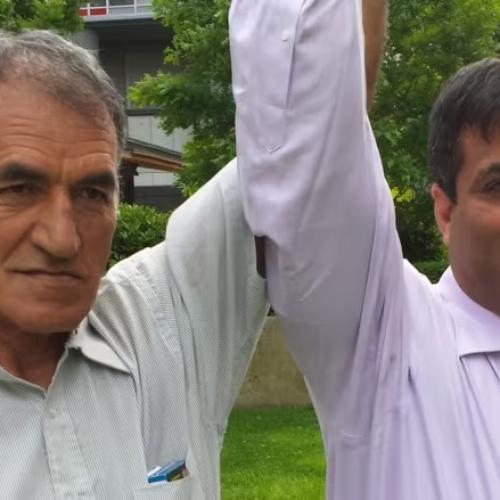Related Stories
D.I.Y. Foreign-Aid Revolution
Key Excerpts from Article on Website of New York Times
Posted: October 1st, 2013
http://www.nytimes.com/2010/10/24/magazine/24volunteerism-t....
Its striking that the most innovative activists arent necessarily the ones with the most resources, or the best tools. Maggie Doyne epitomizes this truth, for she began her philanthropic work as an 19-year-old financed by her baby-sitting savings. Yet she has somehow figured out how to run a sophisticated aid project in a remote area of Nepal. She took a gap year after high-school graduation and ended up in northern India, working with needy children. The first little girl I met was Hema, Doyne remembers. Then 6 or 7 years old (few children know their precise age), Hema spent her time breaking rocks and scavenging garbage and had no chance to go to school. Doyne, who decided to take Hema under her wing and pay for her education: I knew I couldnt do anything about a million orphans, but what if I started with this girl? So she took Hema to school and paid $7 for the girls school fees and another $8 for a uniform so that she could enter kindergarten. It became addictive, Doyne said. I said, if I can help one girl, why not 5? Why not 10? And along with scholarships, they needed the most basic things: food, shelter, clothing. Doyne ... telephoned her parents with a strange and urgent request: Can you wire me the money in my savings account? Doyne returned to New Jersey and began to take odd jobs and proselytize for her shelter. People in her hometown thought that she was nuts, but in a benign way and they wrote checks. After a few months, when Doyne had raised $25,000, she moved back to Nepal to oversee construction of the shelter, called the Kopila Valley Childrens Home.
Note: For a beautiful slide show of Maggie's work, click here. For a treasure trove of great news articles which will inspire you to make a difference, click here.
Related Stories
Top Inspiring News Articles
Top Inspiring News Articles from Years Past













































































